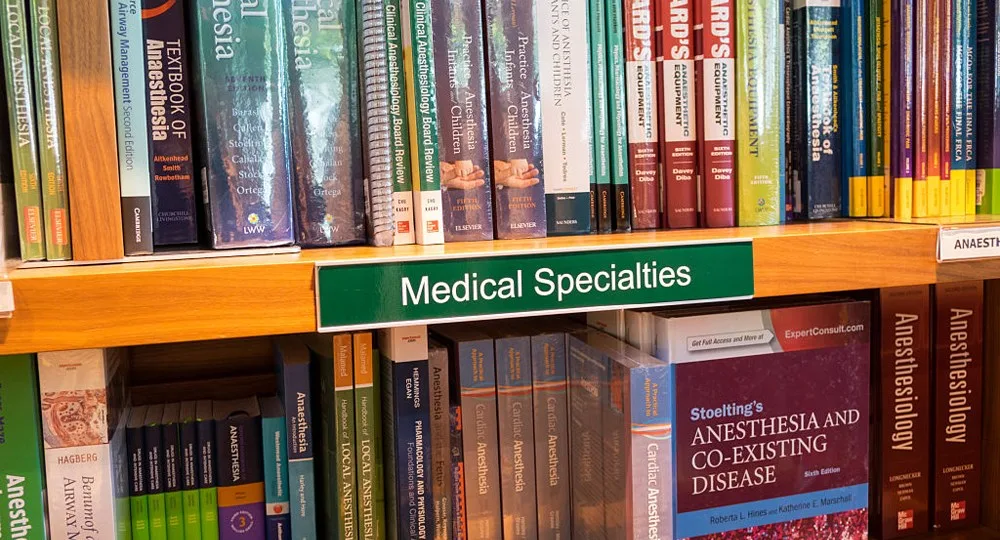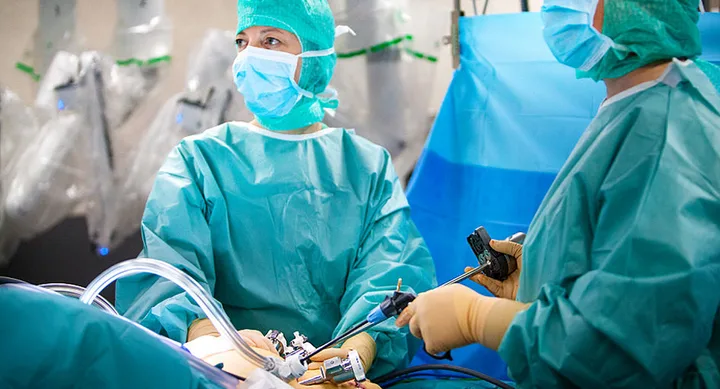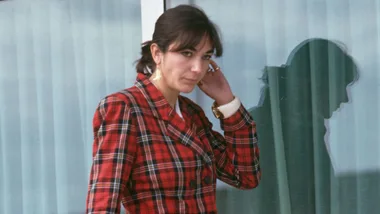Shocking statistics were released this week that showed, overwhelmingly, that women working in specialist medicine in Australia are paid up to 75 per cent less than their male counterparts.
Female surgeons are paid 43 per cent less than men. Female clinical haematologists are paid 60 per cent less than men. And female pathologists are paid 75 per cent less than men, according to the latest data from the ATO.
The reasons are complex, but one is the obvious, as the Sydney Morning Herald reports. Women are far less likely to make it to the top tiers of medicine because they’re routinely disadvantaged by the “baby barrier”. Most of these top-tier medical jobs take between 12 and 15 years of study and training – a commitment that is much more difficult for women than it is for men, not just because they take time out of the workplace to have a baby, but because attitudes towards them on their return hold them back.
Melissa* is in her second year of work as a junior doctor, having completed a post-grad medical degree. She was pregnant when she was due to start her first year on the job, at age 29. The attitudes she came up against were staggering. “Right from the start I was met with a lot of hostility which was hard. I was surprised, particularly when you consider 70 per cent of medical trainees are women. Surely I wasn’t the first one to have a baby.”
Her boss was unimpressed, and told her she had only one option. She was told she was able to delay the start date of her junior training – but only until her baby was six weeks old. If she failed to return at this time, she would be banned from training in NSW at all for two years. “I felt trapped into making a decision,” she says.
By contrast, Melissa’s husband, Luke, was also training at the same time and the same hospital. No one questioned his suitability for the job. When he went back shortly after the baby’s birth, he was met with congratulations. Melissa, however, was asked repeatedly how she could leave her baby when she was so young.

Then there was childcare. “We put our daughter’s name down on six childcare places when I was 10 weeks pregnant,” Melissa says. “By the time I was about to start work I hadn’t been offered any places. You’re only paid about $60-65K in medicine when you start out so there was no way we could afford a nanny. We were lucky that my mum was able to help out for three months. But it turned into 12 months because no places opened up.”
Melissa routinely comes across anti-family – and consequently anti-woman – attitudes during her years of medical study. In her orientation lecture before she officially started hospital work, one of the management team said “None of you better get pregnant this year.”
When she tries to bring up the idea of job-sharing or part-time work, she’s made to feel like she’s being a hassle. The only way she can see that a women can have a high-level medical career and a family is if they go straight from medical school into work, and forget about having kids until their mid-30s. And even then, she says, she knows of women who have done exactly this but have worked such long hours that they haven’t been able to find a partner.
Now Melissa and her family have moved to New Zealand to continue their training, and Melissa is at a point where she has to choose a specialty. Ideally, she wants to be a paediatrician but she can’t see how it will be possible with a family. Part-time options or flexibility is almost unheard of. She has a friends training in obstetrics and gynaecology who will probably have to change her career because it’s not family-friendly. Another paediatrics trainee she knows wanted to go part time and couldn’t, so she left. “Being a GP might be more family-friendly, but I don’t want to do that because I’ve been pushed into it. I want to do it because I’m good at it, not because it’s my only choice,” she says.

The pay gap figures in the latest tax data don’t account for hours worked or seniority. So it’s likely that the female specialists who do make it to the top tier of medicine have either found a way to go part-time once they’re at the top of the tree, or simply haven’t advanced into the most senior roles because of the obstacles thrown in front of them.
“Perceived credibility” is a barrier, according to Associate Professor, Public Governance, University of Melbourne who wrote in The Conversation that women are often “not being taken seriously as leaders or surgeons – roles typically associated with males.”
“At some point, women come up against the baby barrier, which is not conducive to the very hard and long road into those top professions. Obviously some women do it, but it’s a much easier path for a man who has a wife supporting him at home,” Ben Phillips, an economist and public policy analyst at the ANU Centre for Social Research and Methods, told the Sydney Morning Herald.
Until men start voluntarily taking on more of housework and childcare roles, we’re unlikely to see many women given the same advantage.
Melissa doesn’t know how she’s going to balance work and family from now on. She wants another child but knows that her profession will make that extremely difficult. “The job is such long hours and not flexible and you have mother guilt so much anyway,” she says. “You wonder what you’re doing.”










